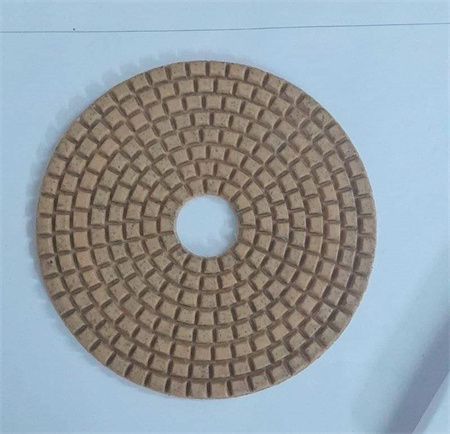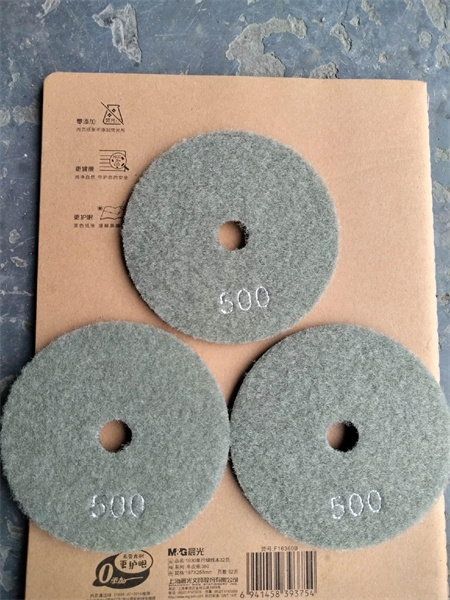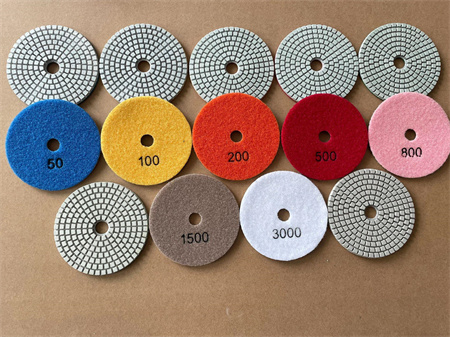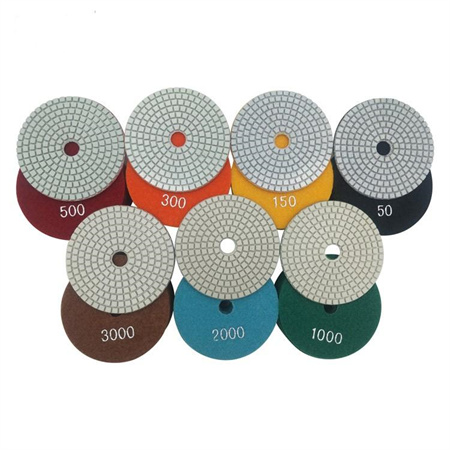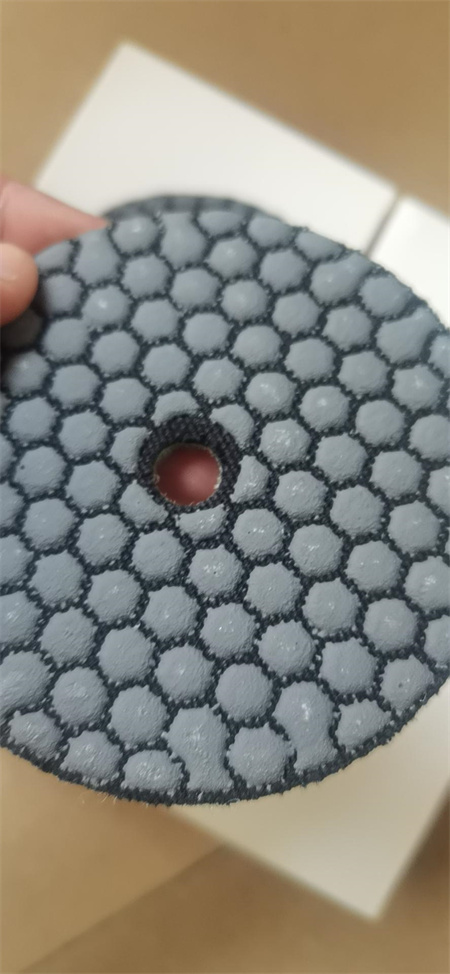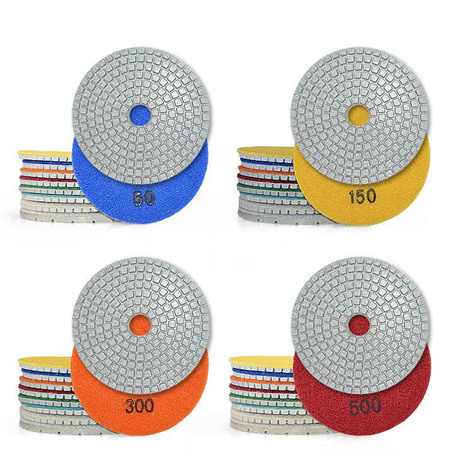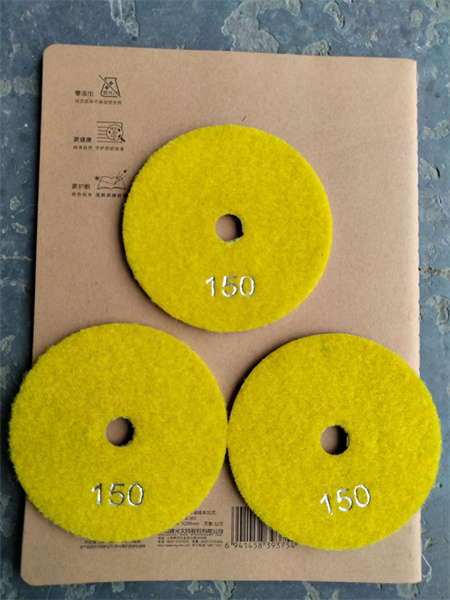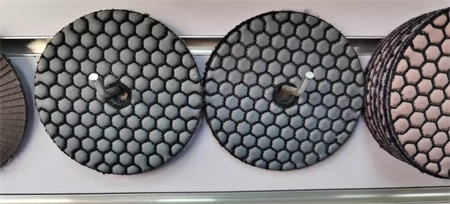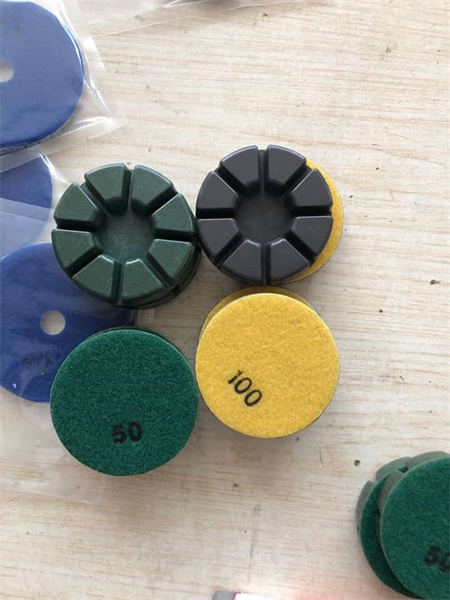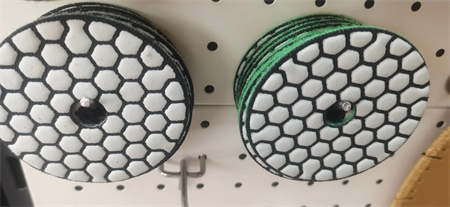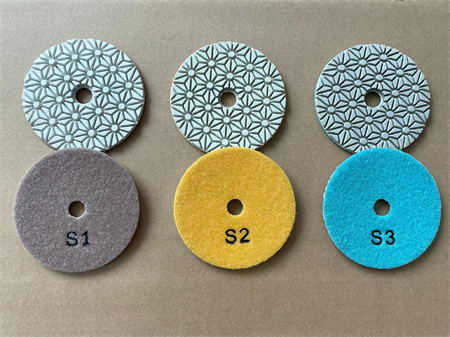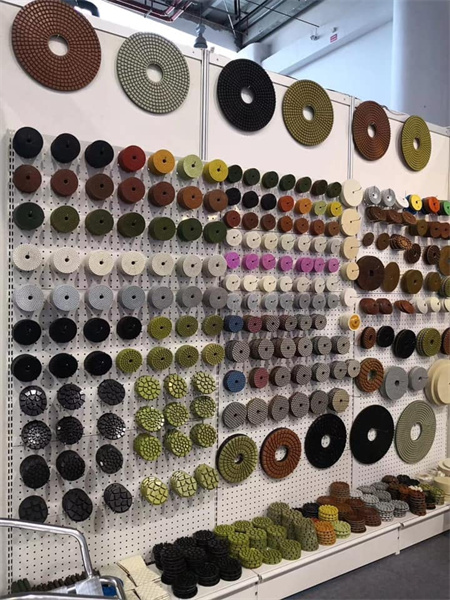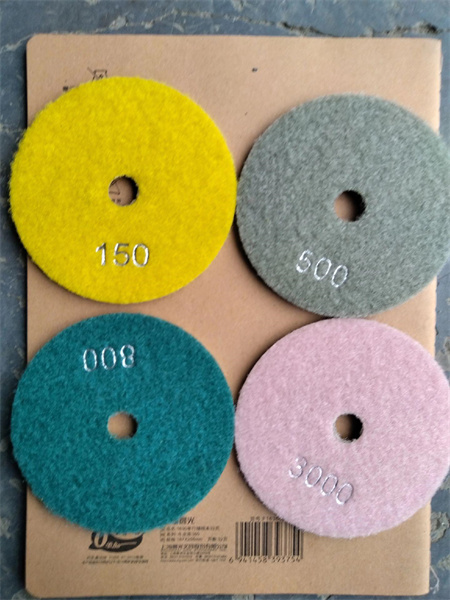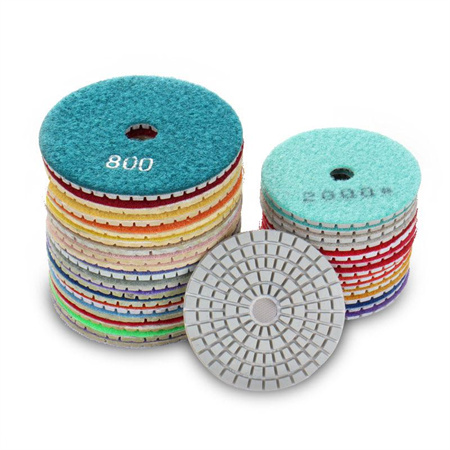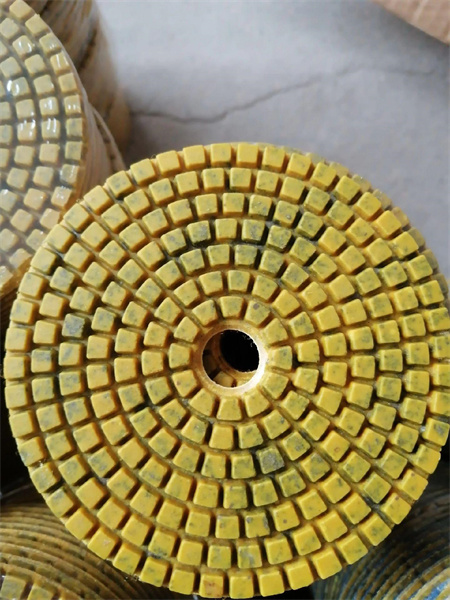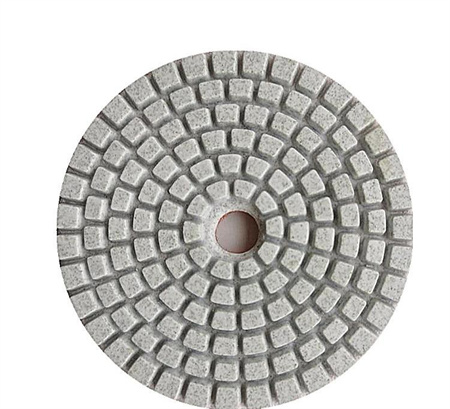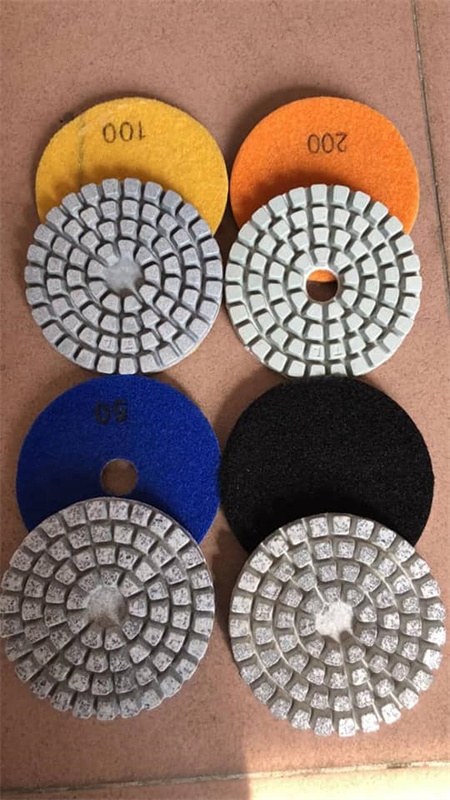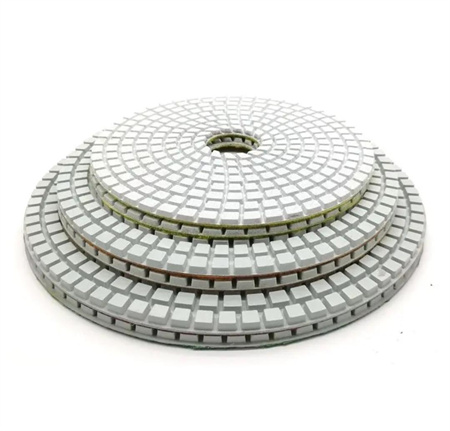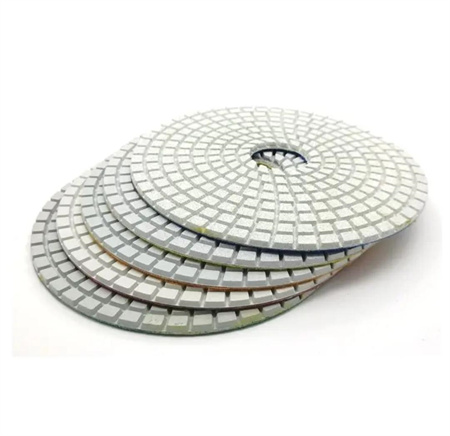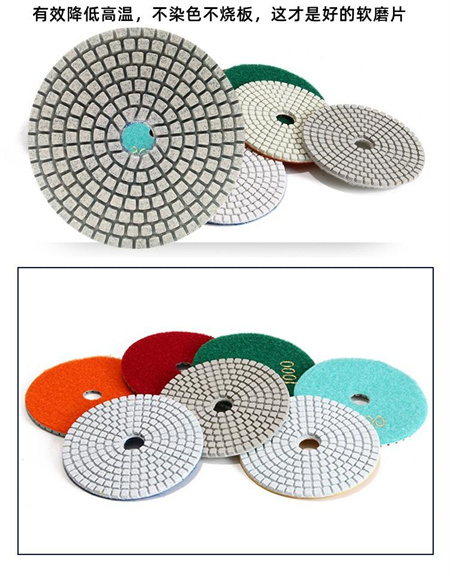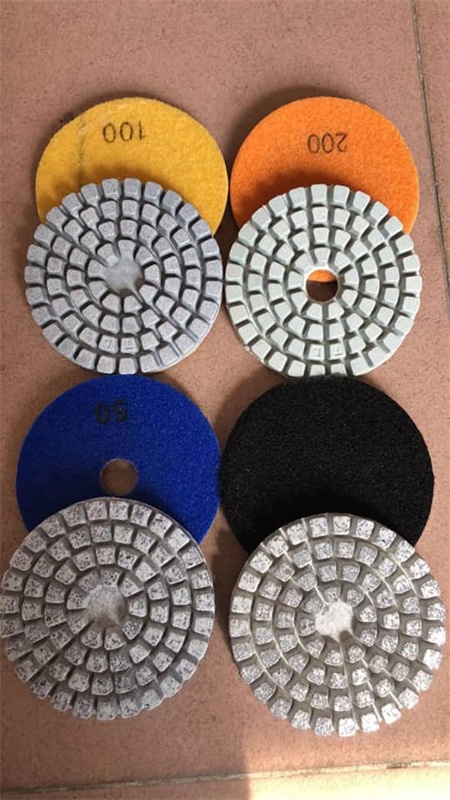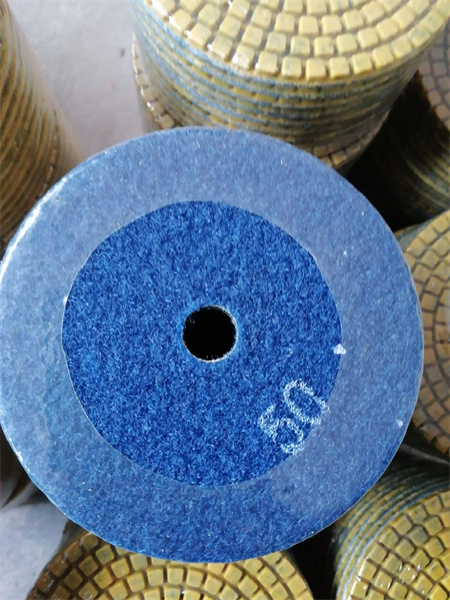Professional Reviews of the Latest Diamond Polishing Pads
When it comes to achieving a flawless, mirror-like finish on stone, concrete, or even glass, diamond polishing pads have become the go-to solution for professionals across industries. With advancements in technology and material science, the latest diamond pads are delivering performance that’s quicker, more efficient, and longer-lasting than ever before. For professionals in the field, understanding how these new products stack up can make all the difference between a good job and an exceptional one.

The new diamond pads on the market have been engineered to meet the demands of both speed and precision. What stands out is the enhanced diamond grit technology used in the pads. With smaller, more uniformly distributed diamond particles, the polishing action is smoother and more even. This results in a finer, high-gloss finish with less effort. Unlike older pads, which may require several passes to achieve the desired shine, the latest versions can deliver professional-level results in fewer steps. This saves time for contractors and maintenance crews who need to move quickly without compromising quality.
For instance, one standout in the latest lineup is the UltraTech Diamond Polishing Pad, designed for versatility across a range of materials, from natural stones to engineered surfaces. The pad features a unique resin bonding system that helps to minimize heat buildup, a common issue with older models that can damage surfaces. The cooling effect ensures that the surface being polished remains intact, preventing any unwanted discoloration or degradation. Furthermore, the flexible design of the UltraTech pads allows them to conform to uneven surfaces, making them ideal for countertops with intricate designs.
Another noteworthy product is the DiamondFlex Pro Series, engineered specifically for heavy-duty jobs. Whether it’s for large-scale commercial projects or industrial applications, these pads provide rapid material removal without sacrificing the finish quality. The innovative design of the DiamondFlex series ensures that even on rough, porous surfaces like concrete or terrazzo, the polishing results are consistently smooth and uniform. What makes this product particularly appealing is its long lifespan. Unlike traditional polishing pads that can wear out after a few uses, the DiamondFlex Pro Series continues to deliver top-notch performance, making it an excellent investment for professionals who rely on reliability.
Not only are these new pads built for durability, but they also feature cutting-edge ergonomics. Manufacturers have paid close attention to the comfort and ease of use for technicians, who often work long hours on polishing tasks. For example, the FlexiEdge Diamond Pad is designed with an ergonomic shape that reduces hand strain, allowing users to maintain control and comfort throughout the polishing process. This focus on user comfort doesn’t just increase productivity; it also contributes to better results. When a technician is less fatigued, they can maintain consistent pressure, which directly impacts the finish quality.
Environmental considerations have also become a focus in recent developments. Manufacturers are increasingly using eco-friendly materials and processes in the production of their diamond polishing pads. This move towards sustainability not only benefits the planet but also gives professionals the option to choose products that align with their own environmental values. Many of the latest pads are made with non-toxic resins and are free of harmful chemicals, ensuring that they’re safe for both the user and the environment.
While performance and durability remain at the forefront of product design, the ease of maintenance is another factor that sets the latest pads apart. Cleaning and maintaining diamond polishing pads can be a chore, especially after heavy use. The latest models, however, feature self-cleaning technology that helps to reduce clogging and wear. The result is that these pads require less maintenance, making them more cost-effective in the long term. Professionals can focus on the job at hand, not on constantly cleaning and replacing their pads.
